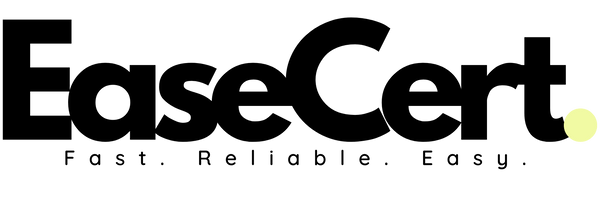
How to Handle a Product Recall under the EU General Product Safety Regulation (GPSR)
No business looks forward to a product recall, but under Regulation (EU) 2023/988 (General Product Safety Regulation, GPSR), being prepared and acting correctly is essential. A poorly managed recall can damage your brand. A well-handled recall demonstrates commitment to consumer safety and reinforces trust.
Why this matters
The EU’s Safety Gate 2024 report shows record product-safety enforcement across Europe. Our post about Europe’s Most Active Product-Safety Authorities in 2024 explains which national authorities filed the most alerts, how this affects GPSR labelling and documentation, and a practical, proportionate strategy for language coverage.
Consumers will quickly learn of recalls through Safety Gate alerts, media reports, or social media. Article 35 of the GPSR requires businesses to communicate directly with affected consumers before announcing a recall publicly.
A clear and actionable recall notice ensures:
- Legal compliance with Article 35 (consumer notification) and Article 37 (remedies)
- Consumer reassurance that you take safety seriously
- Preservation of your brand reputation by managing the narrative transparently
What is a GPSR-compliant Recall Notice?
A simple apology or press release is not enough. The recall notice must be specific, clear, and actionable, allowing consumers to recognize affected products and understand the risks and remedies.
See our detailed overview of GPSR requirements for context.
The 3-step approach for businesses
1. Trace and investigate
Article 9 requires tracing affected products and identifying precisely which batches, lots, or serial numbers are involved. Maintain records sufficient to enable rapid tracing and identification. If you are unsure about traceability planning, visit our page on what we offer to help businesses implement best practice systems.
2. Prepare a legally compliant recall notice
According to official European Commission guidance, a valid recall notice must contain:
- Clear headline and product description: Include product name, brand, product IDs, batch/serial numbers, and a photo showing where to find these details.
- Hazard explanation in plain language. Avoid minimizing language such as “voluntary recall.”
- Consumer instructions: Stop-use instructions must be clear unless safe use is possible under specified conditions.
- Remedy information: Refund, replacement, or repair as required by Article 37.
- Contact information: Freephone, email, or online form in relevant EU languages.
- Encouragement to share information widely.
- Online accessibility: Ensure machine-readable information for online notices.
See how GPSR compliance documentation supports your recall readiness.
3. Notify consumers directly
Article 35 requires contacting affected consumers before publication through general channels. Use your own records (e.g. online orders, warranty registrations, email marketing lists) to communicate directly.
To learn more about how the EU Safety Gate works, visit our guide on EU Safety Gate registration.
Labeling and traceability best practice
Strong traceability means consumers can easily identify affected products. Check your product labels and packaging now:
- Can a consumer locate a batch or serial number within seconds?
- Are these details printed both on the product and on packaging?
- Do you maintain records that link batches to distribution channels?
For additional support, consider appointing an EU Responsible Person to manage your EU compliance obligations.
Why this approach protects your business
A proactive and transparent recall process:
- Demonstrates legal compliance with Articles 9, 35, and 37 of Regulation (EU) 2023/988
- Builds consumer confidence that your company prioritizes safety
- Reduces legal and reputational risks
Summary checklist
- Investigate and trace affected products (Article 9)
- Prepare a recall notice with all seven required elements (Article 35 and Annex VI)
- Offer appropriate remedies (Article 37)
- Contact affected consumers directly before publicizing the recall
- Maintain clear labeling and batch traceability at all times
Managing a recall properly ensures you meet your obligations under EU law and can even strengthen consumer relationships.
Further reading and official sources
- Regulation (EU) 2023/988 - General Product Safety Regulation (GPSR)
- EU Safety Gate - Rapid Alert System for Dangerous Products
- European Commission guidance on recalls and safety alerts
